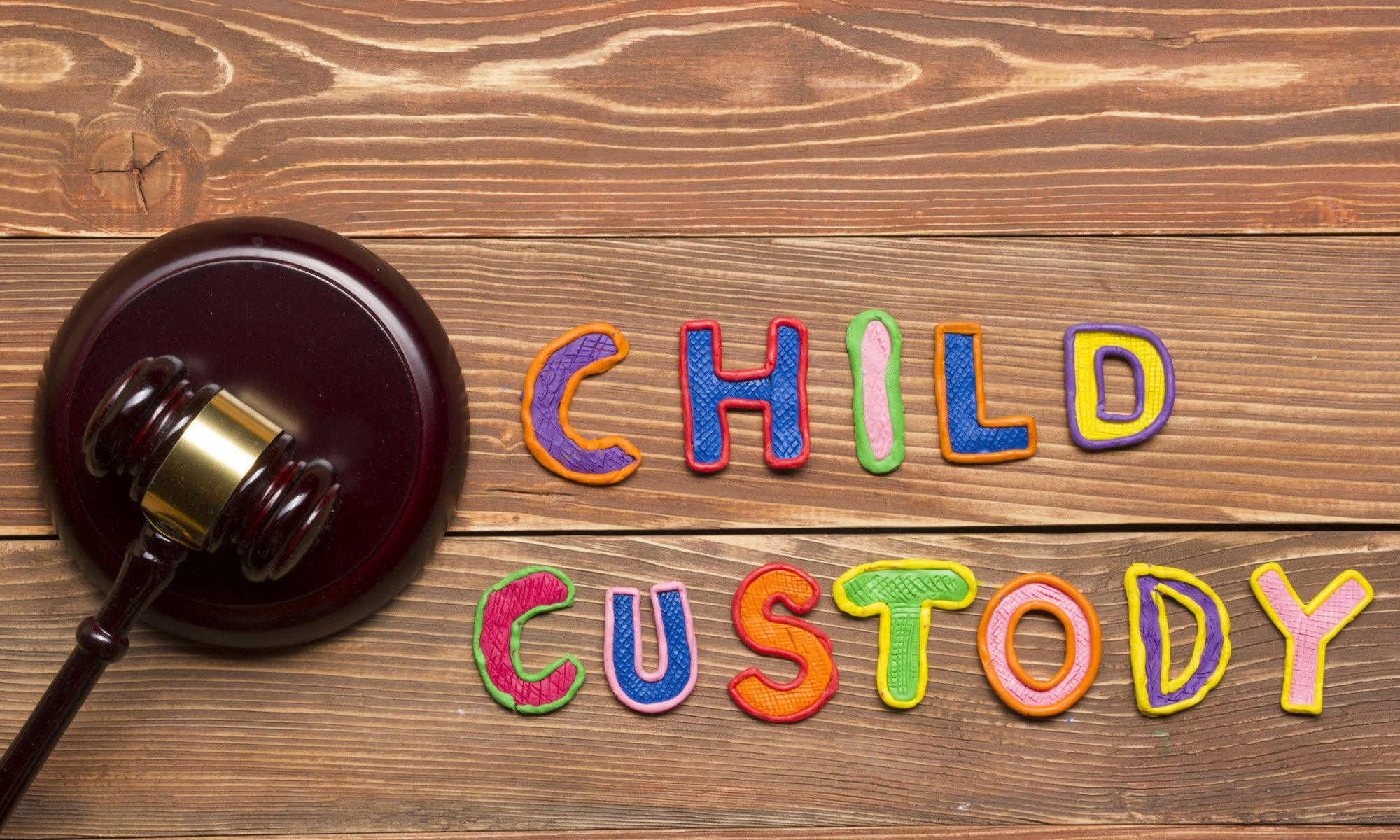Going through a divorce without a proper strategy is pure gambling – no favorable outcome exists without substantial preparation. Women have to be prepared to protect their rights if they want to avoid unfair property and child custody settlements and months in court trials. But what are the rights of a woman in a divorce? To answer this burning question, we looked at essential aspects of divorce that deserve the most serious consideration.
A wife’s entitlements for alimony
Spousal support (in different states, it’s also called maintenance or alimony) is money that a spouse with more financial resources pays the other during or after divorce. In the old days, pre-1980s, husbands were the primary breadwinners in a family, while their wives were in charge of the household and children. Naturally, women had neither time nor incentives to work and were entirely financially dependent on men.
The fear of being left without financial support was one reason why the divorce rate was relatively low. Back in 1970, there were 3.5 divorces per 1,000 American citizens, according to a CDC.gov report. For comparison, in 1980 this figure rose sharply to 5.2.
What happened was that women started gaining their financial independence by entering the labor market, thus, changing the economic roles of wives in the family.
How has the procedure for awarding alimony changed since then? For obvious reasons, the husband was obliged to pay financial support to his wife, who had no employment prospects or earned several times less than her husband.
Alimony was prescribed for a long time, often for life. Today, there is a trend against permanent spousal support in many states, primarily because of the changing economic roles of husbands and wives.
In many modern families, however, women still play the role of a homemaker, which inevitably affects their professional activities. The need to raise children and take care of the family reduces their professional value in the labor market. After divorce, many women experience difficulties finding a job that would allow them to maintain their previous living standards.
Factors influencing spousal maintenance
Fortunately, a career sacrifice for the family’s sake is a significant factor for awarding alimony and determining its amount and type. Each state has some slight differences, but generally, the factors influencing spousal support are as follows:
- The length of the marriage;
- The age and health of spouses;
- Contributions of a requesting spouse as a homemaker and parent, and to the education and career of the other spouse;
- Income and future earning capacity;
- The presence of children;
- Property left to each party after divorce;
- Any history of domestic violence with documented evidence.
What are the types of spousal support?
- Permanent (which does not mean life-long). In some states, it is also called open durational alimony and cannot exceed the length of the marriage. Typically, it lasts half of the time the spouses were married. It terminates if the spouse receiving it remarries or cohabits with another romantic partner or dies. In some states, divorce laws consider retirement as a reason to stop paying spousal support.
- Temporary (pendente lite). This type of alimony is when spouses separate and file for divorce. It ends when divorce is final and can be substituted by another type.
- Rehabilitative. A spouse can receive this type of alimony until they become self-supporting, e.g., acquire some skills, education, or training to find a job. A woman typically receives rehabilitative alimony if she sacrificed her career to raise the family.
- Reimbursement. It is used for marriages that lasted less than five years. This type is meant to compensate the receiving spouse for the time and contributions they made to help the other spouse enhance their careers.
- Lump-sum alimony. It is a one-time payment and usually used to compensate a requesting spouse’s share of marital property after divorce.
Women’s rights to child custody
Until 20-25 years ago, a woman would almost automatically get custody of children after divorce. Today, it depends on various factors. The U.S. Family Law courts began to award joint custody a lot more often than in the past. It is widely believed that the participation of both parents in the child’s life has a beneficial effect on their healthy development.
For this reason, there is a common tendency to split a child’s time 50/50 between the parents.
There are different circumstances that a judge takes into consideration when determining the child’s fate. For example, suppose a father wasn’t involved in his children’s lives and didn’t express any interest in them before the relationship dissolved. In that case, a judge might consider giving sole custody to a mother.
Other factors, such as family violence, child abuse, or neglect, would prevent a father from seeing his children often or forbid it entirely. An important note is that even if a father does not spend time with kids, he must pay child support.
Child custody determination is a sensitive matter. These days, the courts are not so concerned about why the marriage failed in a divorce petition. It’s a child’s well-being that gets all the attention. Unless a father is unfit to be a parent and would pose a threat to a child’s physical or mental health, a judge would most likely order joint custody. It means that both parents will have equal roles in raising their kids.
Children usually live with one parent, while the other has visitation rights. If a mother receives primary residential custody, a father would have visitation rights. He could take the kids for the weekend, spend more time with them during the holidays or the summer break.
It all depends on the court order. In amicable cases, the parents draft a joint parenting plan and file it with other divorce papers. This way, they get more control over the divorce outcome.
Women’s property rights in a divorce
All items that spouses bought or acquired during their marriage are called marital property. The most valuable are houses, cars, money in bank accounts, securities, and retirement savings.
Unless a couple signed a prenuptial agreement with a detailed description of marriage entitlements, the marital property would be divided between the spouses in a way that the court deems fair.
Is a wife entitled to a family house?
The primary task here is to figure out whether the house belongs to separate or marital property. If a woman bought it before the wedding, it’s her individual asset. But if both parties paid the mortgage or contributed to its increase in value, it may be considered marital property.
“When it comes to the house and other real estate, the two most common choices are selling and dividing the proceeds,” says Jody Bruns, a certified divorce lending professional. “Or one party can do an equity buy out of the other through a refinance of the property or with the division of other assets.”
A judge can order to sell the house and split the money or grant the residence to one spouse. When a woman has child custody, the court most likely allows her to stay there with the children if that’s what she wants.
How much of the husband’s pension will a wife get?
A portion of the pension that a husband earned during the marriage is also considered a joint asset. To get a share of it, which is not always 50%, a wife has to ask the court for it during a divorce process using a qualified domestic relations order.
A QDRO is issued by the court and only applies to pension accounts included in the Employee Retirement Income Security Act. For instance, a QDRO is used for 401(k) but not for IRAs. The qualified domestic relations order establishes the percentage an alternate payee will get and can sometimes secure child support.
Who will pay off the debts?
Debt division in a divorce is a somewhat controversial point. It often requires the involvement of an experienced divorce lawyer. It depends on who incurred the debt and whose name is on it. If a wife got the debt in her name for her husband to use, she is still responsible for its repair. The same goes for joint credit cards.
During divorce proceedings, the court will consider all financial liabilities and decide how to divide them between the spouses. When the judge issues the order, a person will be responsible only for the assigned debts. In most cases, it is beneficial to resolve this issue before going to court.
“If you are able to do this,” writes Brette Sember in her book The Complete Credit Repair Kit, “you can divide your debts in a way that both of you can manage, rather than end up with a plan made by a judge who will not have the same insight into your situation.”
What happens to a wedding/engagement ring after divorce?
As was mentioned earlier, only marital property can be divided after divorce. Gifts such as wedding rings fall under this category. An engagement ring is classified as separate property because a wife obtained it before the wedding.
It is also a conditional gift – a promise to get married. If marriage was concluded, the condition has been met. Thus, a wife has the right to keep her engagement ring after divorce without compensating its value to her husband who gave it.
Final words
Modern divorce laws are less gender-biased than they were a few dozen years ago. Fortunately, women and men are now in the same conditions. Today, the outcome is all about fairness and using a gender-neutral perspective.
It does not mean, though, that the court system is perfect. So every decision a woman makes should be weighed carefully to help her build a post-divorce world the way she wishes it to be.
















